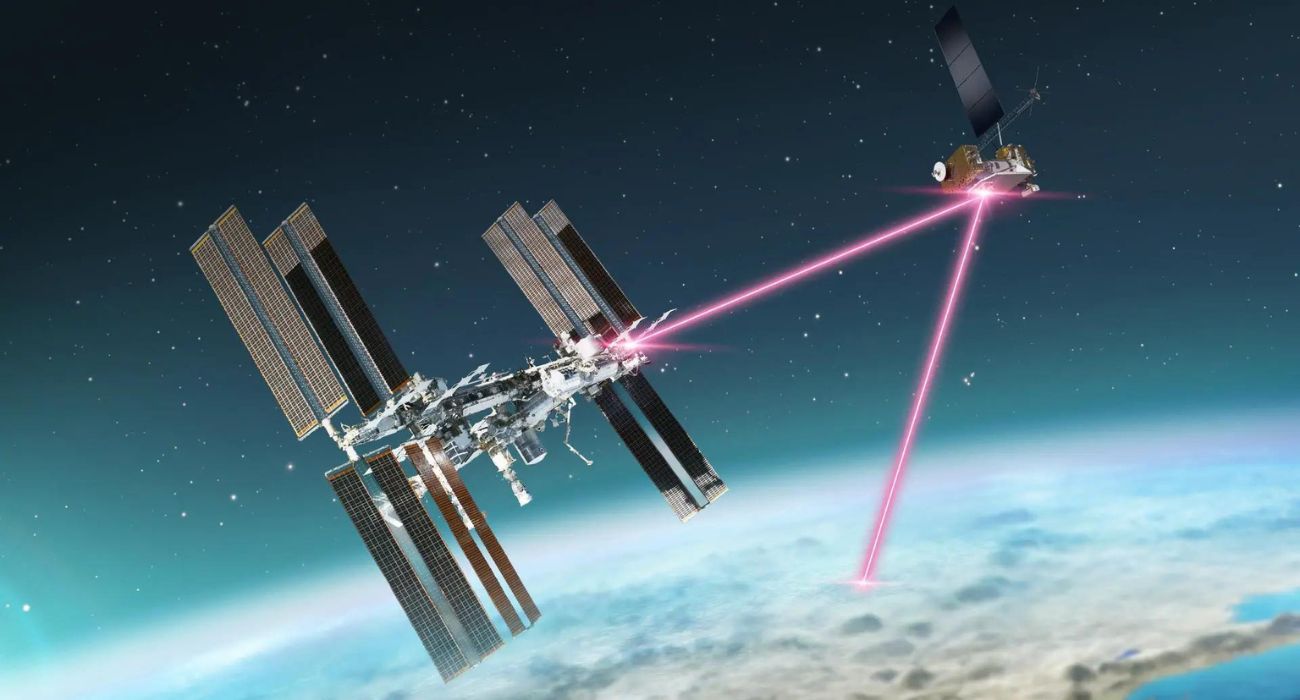NASA plans to demonstrate its new laser communication technology later this year.
SpaceX’s 29th commercial resupply mission will carry the last component needed to complete NASA’s first “two-way, end-to-end laser relay system.”
“Laser communications offer missions more flexibility and an expedited way to get data back from space,” said Badri Younes, former deputy associate administrator for NASA’s SCaN program, in a press release. “We are integrating this technology on demonstrations near Earth, at the Moon, and in deep space.”
NASA officials have typically used radio waves to provide communication between Earth and crafts in space, particularly the International Space Station (ISS). Officials plan to demonstrate a new method that could be faster and use less energy.
The space agency originally launched its Laser Communications Relay Demonstration (LCRD) in December 2021. The technology is currently aboard the U.S. Department of Defense’s Space Test Program Satellite 6 and will beam information directly to ground sensors through the use of lasers.
NASA officials claim that the optical communications afforded by this technology will offer “unparalleled communications capabilities,” among other benefits.
“Optical communications is one of these enhancements and will provide significant benefits for missions, including bandwidth increases of 10 to 100 times more than radio frequency systems,” said NASA on its website. “Additionally, optical communications provides decreased size, weight, and power requirements.”
Officials also claim that the integration of this technology will result in higher data rates, which will increase the amount of video and photos sent in a single transmission.
SpaceX’s 29th commercial resupply mission will carry NASA’s Integrated LCRD Low Earth Orbit User Modem and Amplifier Terminal (ILLUMA-T) to the ISS, according to NASA. This refrigerator-sized device will be attached to the hull of the space station.
“Once ILLUMA-T is on the space station, the terminal will send high-resolution data, including pictures and videos to LCRD at a rate of 1.2 gigabits-per-second,” said Matt Magsamen, deputy project manager for ILLUMA-T, in the release. “Then, the data will be sent from LCRD to ground stations in Hawaii and California.”
Scientists hope to use this technology to supplement radio communication and prepare for missions to the moon, Mars, and beyond.
The final piece needed to test the system will be launched later this year.






